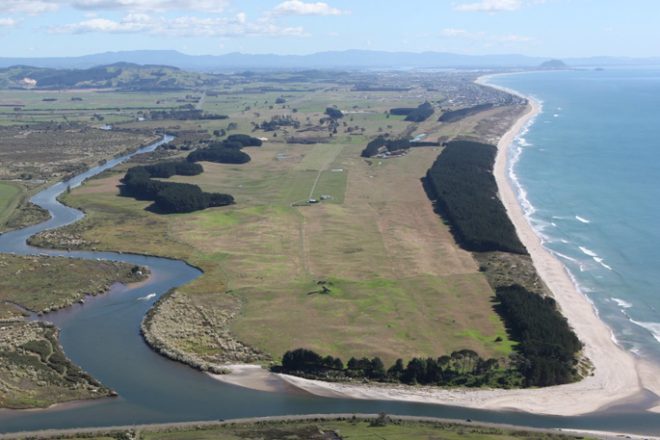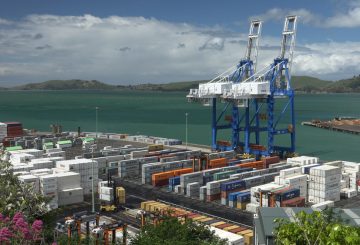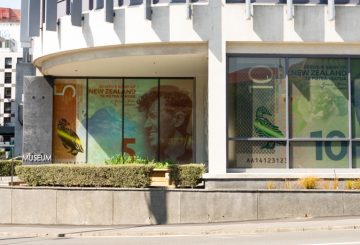Hội đồng thành phố ở Tauranga có thể phải vật lộn để tìm nguồn vốn cần thiết cho những con đường mới nhằm tạo điều kiện phát triển nhà ở ở phía đông của thành phố. Các con đường rất quan trọng đối với khu vực Te Tumu, dự kiến sẽ chứa 15.500 cư dân sau khi hoàn thành. Việc phát triển đòi hỏi hai tuyến giao thông chính, ước tính chi phí khoảng 400 triệu đô la, mở rộng The Boulevard và Te Okuroa Drive ở Pāpāmoa. Nếu hội đồng không thể đảm bảo nguồn tài trợ cần thiết, nó có thể làm tăng chi phí cho mỗi ngôi nhà mới lên 27.000 đô la.
Giám đốc quy hoạch và tăng trưởng thành phố, Andy Mead, giải thích rằng hội đồng đã bắt đầu lập kế hoạch cho các con đường bốn năm trước. Tuy nhiên, chính sách tài trợ của Cơ quan Giao thông NZ Waka Kotahi cho các tuyến đường huyết mạch ở các khu vực phát triển mới đã thay đổi đáng kể. Cơ quan này từng chi trả một nửa chi phí, nhưng bây giờ họ không tài trợ cho những con đường này hoặc chỉ đóng góp một phần nhỏ.
Mead nói rằng họ hiện đang tìm kiếm sự chấp thuận, không phải tài trợ, cho các con đường Te Tumu vì không có thời gian xác nhận cho việc phát triển. Nhà ở ở Te Tumu dự kiến sẽ không có sẵn cho đến năm 2040, xét đến thời gian cần thiết cho phát triển đất đai và công trình dân dụng.
Thiết kế ưa thích của hội đồng cho The Boulevard bao gồm hai làn xe buýt chuyên dụng và hai làn dành cho giao thông chung, trong khi Te Okuroa Drive sẽ là một con đường bốn làn với một đường xe đạp kép ở một bên và một con đường chung ở bên kia. Đây sẽ là ‘những con đường tiếp cận hạn hạn’, không có đường lái xe dẫn ra khỏi chúng, mà là giao lộ với các con đường địa phương.
Nếu hội đồng chỉ nhận được khoản trợ cấp 10% là 40 triệu đô la, thay vì một nửa, số tiền còn lại sẽ cần được lấy từ nơi khác. Nếu không thể tìm thấy nguồn tài trợ bên ngoài, các nhà phát triển sẽ phải trang trải chi phí, có khả năng tăng giá của 6.000 ngôi nhà Te Tumu thêm 27.000 đô la mỗi căn.
Jess Andrew, NZTA Bay of Plenty và thiết kế hệ thống quản lý khu vực Waikato, làm rõ rằng Quỹ Giao thông Đường bộ Quốc gia không đóng góp vào chi phí tăng trưởng trong đó một nhà phát triển tư nhân là người thụ hưởng chính. Đầu tư công nên được nhắm mục tiêu mang lại lợi ích công cộng và chi phí tăng trưởng phải được chi trả bởi các hội đồng địa phương và các nhà phát triển. Tuy nhiên, bất kỳ tác phẩm nào cung cấp “lợi ích công cộng rộng lớn hơn” sẽ đủ điều kiện được tài trợ. Hồ sơ kinh doanh sẽ được đệ trình lên NZTA để phê duyệt các tùy chọn ưu tiên cho các tuyến vận tải Te Tumu.





























































